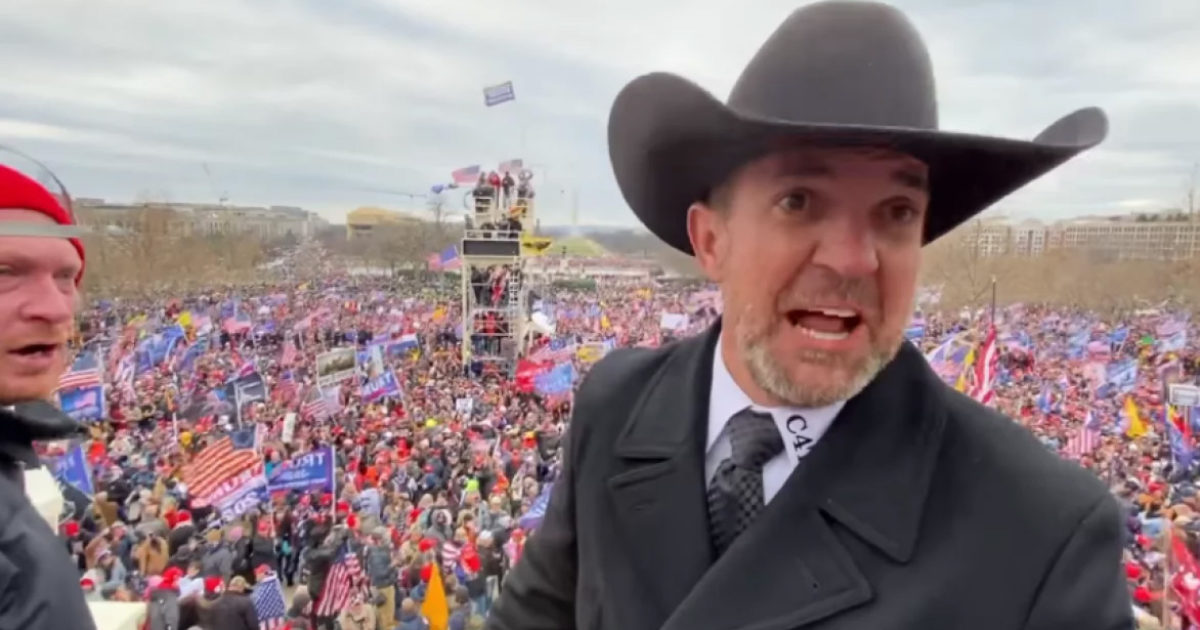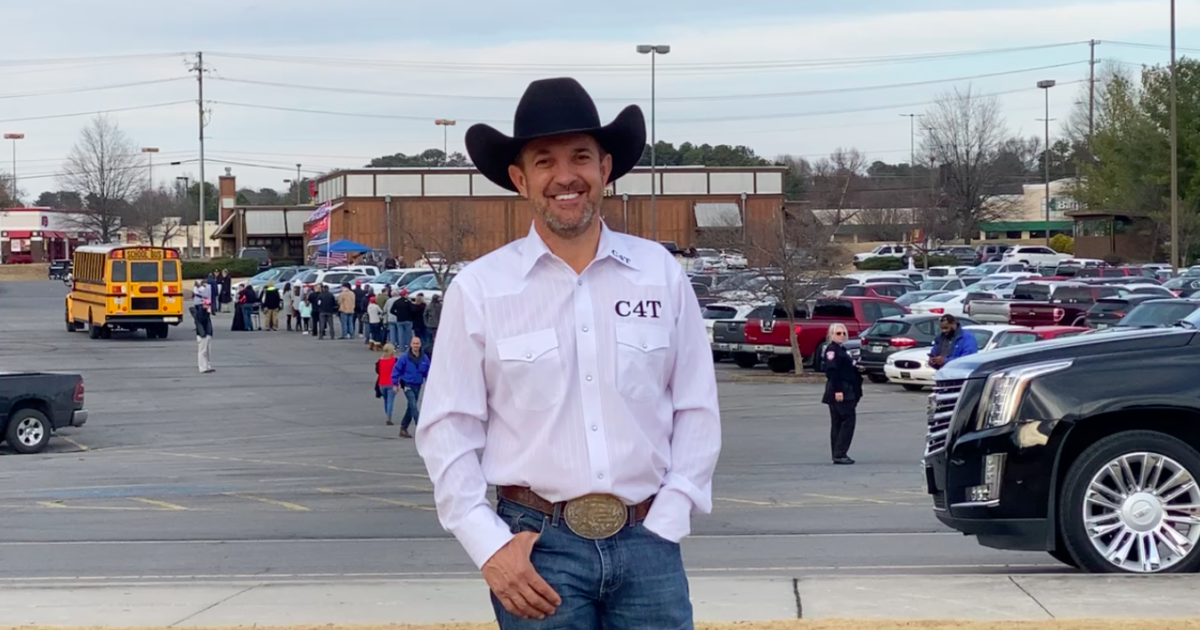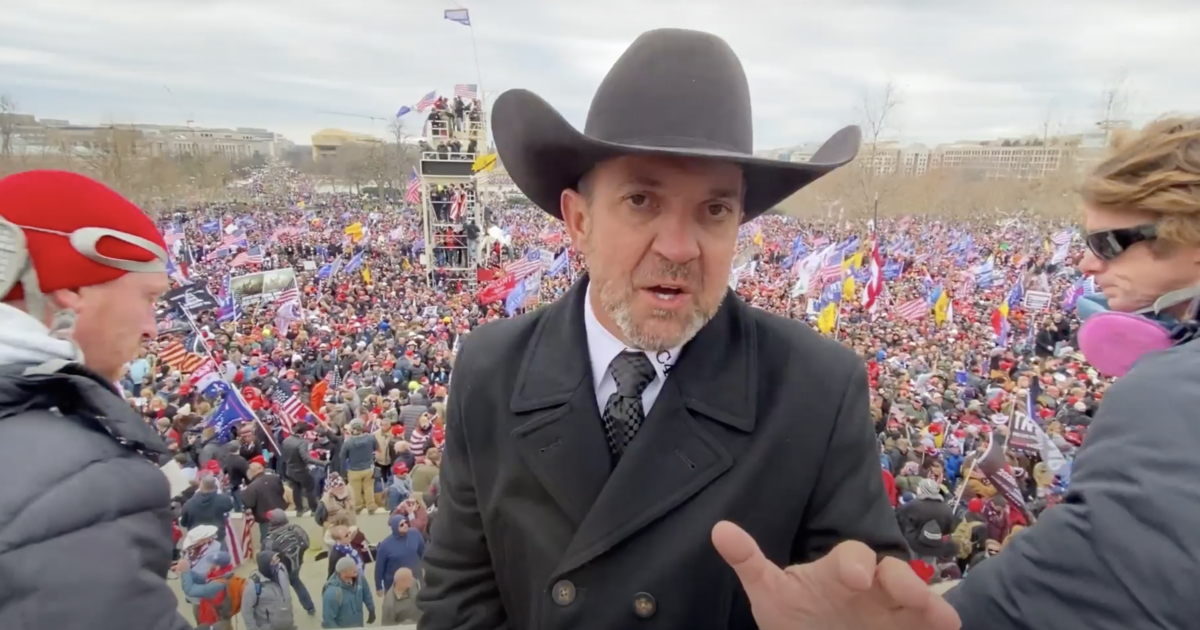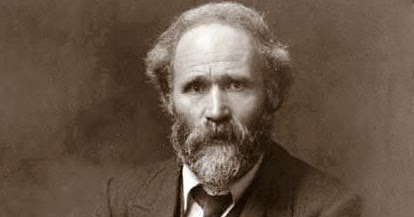Will America be transformed by a “Fourth Turning” crisis?

www.city-journal.org
N. S. Lyons
Present At the Destruction
Will America be transformed by a “Fourth Turning” crisis?
/ Books & Culture /
Politics and law
Sep 03 2023/ Share
The Fourth Turning Is Here, by Neil Howe (Simon & Schuster, 592 pp., $32.50)
“The old American republic is collapsing. And a new American republic, as yet unrecognizable, is under construction.” The opening line of historian Neil Howe’s
The Fourth Turning Is Here (2023) jumps to the point. It also foreshadows the odd dualistic theme that seems to run not only through the book’s pages but through the very air of our national moment: intuitions of imminent doom and destruction, intimations of hope and renewal; one world dying, another struggling to be born. We sense that serious change, of one kind or another, is coming—and soon. Howe’s book tries to tell us why that is, and why we should find cause for optimism.
Howe does seem to have a knack for timing. A quarter-century ago, he, along with his late coauthor, the satirist William Strauss, published
The Fourth Turning: An American Prophecy (1997). An analysis of generation-driven historical cycles, it predicted that a period of political, economic, and social upheaval would rattle the United States midway through the first decade of the 2000s, culminating in an acute crisis or series of crises in or around the 2020s. Though initially ignored, the book began attracting attention after the “trigger” event that it forecasted arrived pretty much on schedule with the economic crisis of 2008. Amid many tumults since 2016, the book has gone on to achieve cult status and even served as the inspiration for a conservative-themed, Pulitzer-nominated 2019 play,
Heroes of the Fourth Turning. Now, with its prophecy still seemingly on track, Howe has followed up with a book spelling out exactly where he thinks we’re headed.
Howe begins by describing an American malaise that most readers here will likely need little convincing is our present reality: a government that can no longer carry out even the most basic tasks of governance; rock-bottom public trust among the American people and in institutions more broadly; hyper-partisanship; high economic inequality; declining public health; moral and legal chaos; strife between the sexes; and a collapse of family formation and birth rates. All these and more, says Howe, were predictable circumstances. They are also, he declares, almost certain to turn soon for the better: winter is here, but spring is coming.
Howe’s prediction rests on a model that at its core is timeless and simple. In fact, it can be summed up by a four-line Internet meme: “hard times create strong men, strong men create good times, good times create weak men, weak men create hard times.” Howe’s version manages to fill most of 500 pages with further nuance, however.
At least in the Anglo-American world that Howe has surveyed, history appears to move in predictable cycles of about 80 to 100 years that, resurrecting a Roman term for the concept, he calls a
saeculum. These cycles each have four distinct phases—or “Turnings”—of around 20 to 25 years that always flow in the same order: a “High,” an “Awakening,” an “Unraveling,” and a “Crisis.” Turnings are driven by the changing of generations, or those portions of the population whose collective character was shaped by coming of age amid the societal conditions specific to a previous turning. Each generation’s character, embodied by one of four generational archetypes (“Artists,” “Prophets,” “Nomads,” and “Heroes”) is largely determined by its proximity to the last Crisis. Howe goes into great detail about each generation, but for our purposes all you really need to know is that Prophets, coming of age knowing only the softness of a spring High, begin to dream of utopia during a hotheaded summer Awakening and rebel against the world that their Hero fathers built, seeking to tear it all down during a quarter-century-long autumn Unraveling. This process culminates in a winter of true Crisis (a Fourth Turning), which a new generation of Heroes must struggle to resolve, after which they establish a new order, leading to another High. And yes: the baby boomers of the 1960s counterculture are our most recent Prophets, which means the millennials will have to be our Heroes.
Don’t be (too) alarmed, Howe urges his readers. We’ve been here before, multiple times in fact, and managed not only to survive but also to thrive. Previous Fourth Turning crises (each occurring about a century apart) have included the Great Depression and World War II, the Civil War, and the American Revolution. Before that: England’s Glorious Revolution, the Spanish Armada Crisis, and the War of the Roses. Each was preceded by the same societal trends we’re seeing now, he argues, offering supporting data. But each cyclical crisis, in the end, gave birth to stronger nations.
Howe is grimly adamant, however, that “sometime before the mid-2030s, America will pass through a great gate in history” commensurate with these past crises. During that time, “The risk of catastrophe will be high. The nation could erupt into insurrection or civil conflict, crack up geographically, or succumb to authoritarian rule.” A major foreign war is also highly likely. And any war, foreign or civil, “is likely to be one of maximum risk and effort—in other words, a
total war—precisely because so much will seem to rest on the outcome.”
And yet Howe is relentless in his cheerful optimism. By the 2040s, once we’ve passed through this crucible, all the trends we now lament will have reversed themselves, and we’ll enter a glorious new future as a nation transformed. The malaise will lift. Political gridlock and dysfunction will disappear. The economy will jolt back to life and achieve new heights of productivity and dynamism, delivering “dramatically higher living standards” and much lower levels of income inequality. Culture will flourish once more. A new moral consensus will be reached and enforced, commanding broad conformity. Millennials will have become the most communitarian generation in living memory, reenergizing civic society and committing themselves to family life. Religious participation will revive, though perhaps in unpredictable ways. Gender norms will swing back in favor of a new traditionalism. A sudden baby boom will end concerns about demographic decline. Crime will plunge to new lows, while social trust will reach new highs. As in the mythic 1950s of yore, by the 2050s, no one will lock their doors, and everyone will trust the government. This pattern has followed every one of our past centenary crises, and it will happen again, Howe insists.
Hallelujah! At first glance that all sounds lovely to my conservative ears. Nonetheless, I find myself uneasy, left with lingering concerns.
For a book about imminent crisis,
The Fourth Turning Is Here spends few of its pages describing its particulars, and almost none on how it will be resolved. Howe, perhaps understandably, prefers to keep his vision fixed on a brighter tomorrow. Most oddly, however, he also never spells out
whose brighter tomorrow that tomorrow will be—only that it will be built by millennials.
This is important, because Howe is perfectly clear about the nature and the stakes of the nation’s current divide: we’re headed for revolutionary regime change. The “old regime is weak and in peril,” he says. As in every historical parallel, “new values and ideas” have already emerged to fill the vacuum, with “rising generations” coalescing into factions around them. Soon, “one or more of the new factions will do everything they can to push the old regime aside and replace it with something newer and more powerful.” At that point, “once a powerful new regime is able to redefine the rules,” we will see “lasting constitutional change”—i.e., a “new American republic.”
So we are witnessing an inevitable “clash of regimes.” And though the nation is currently defined by a deadlock between what Howe alludes to as “blue zones” and “red zones,” he is firm in his conviction that this stalemate will not last much longer. Quoting Lincoln’s observation that “a house divided against itself cannot stand,” he is certain that the United States is destined to “become all one thing, or all the other.” How this will play out is left uncertain, but he does note that, by the historical record, “Rival communities during a Crisis, once they are fully engaged in unconstrained conflict, tend not to relent until the capitulation of the adversary.” Moreover, this struggle “is likely to involve great violence for the simple reason that regime change, almost by definition, cannot be constrained by any established procedure.” On the other hand, it is possible that civil violence could be avoided if attention and aggression can be diverted to a timely external enemy, as when FDR leveraged World War II to unite the country behind him and wholly marginalize opposition to his subtle replacement of the old regime. In any case, however, “whatever happens, there will be a new regime.”
As young online right-wingers like to say nowadays, Howe knows what time it is. But predictions of a new regime, featuring strict moral conformity, unquestioned institutional authority, and ruthless political efficiency come across rather differently when you know that it is all to be achieved by one side destroying the other. And who, whom? Howe never specifies; in fact, he never differentiates his predicted future based on whose regime and whose values prevail. Somehow, we simply slide into a new golden age either way once opposition to it is crushed.
On closer scrutiny Howe has, with a fortuneteller’s knack for vaguery, spelled out a glorious future that can be plausibly interpreted to imply either a smashing
conservative countercultural triumph or total victory by authoritarian woke-leftist collectivism. Remarkably for today’s partisan era, the book is written so that it is exceptionally difficult to tell which of these outcomes Howe prefers, or even which he considers more likely. But sifting through the text one finds clues.
Howe’s model explicitly states that it is almost always the new values of the previous Awakening that instigate the Crisis and then replace the old regime at its climax—which would imply victory by today’s version of the New Left. Indeed, he predicts the victorious millennials will be a generation of “confident technocrats,” materialists with a youthful zeal for progress and grand ambitions to remake the world. He just assumes this is a good thing. In the new High after the Crisis, they will reinforce or re-found a sweeping, U.S.-led liberal-international order. And their communitarianism will merge with bright techno-optimism to produce things like “wall-to-wall AI algorithms designed to ensure that no one feels disconnected or alone.” Meantime, “continuous guidance from peer feedback” will constantly “nudge” everyone’s opinions into a “constructive median.” Media and entertainment’s “main function will be to remind people of what their friends (and the experts) already recommend.” New technological and organizational wonders will be embraced, from “behavior-optimizing psychotropics to algorithmic crowd control; from global government planning boards to mammoth engines of global climate control.”
This sounds nothing less than dystopian to me. In fact, it sounds an awful lot like an extension of our
present dystopia rather than a refreshing new beginning.
This strikes at a deeper problem with Howe’s model. Despite an entire chapter castigating the “linear” view of history and advocating cyclical thinking, he remains trapped within an inadvertently Hegelian progressive worldview. Crises may keep recurring, propelled by a sort of dialectic of opposites, but in every case, America emerges stronger and more advanced, spiraling ever upward toward a future of greater complexity, centralization, and techno-rationalism. It never seems to occur to Howe that the American regime (and the whole Western world) could be structurally failing precisely
because it has been captured by
run-away progressive managerial technocracy—and that eliminating all remaining opposition to this regime will only accelerate its self-induced insanity and dysfunction.
Nor does he consider the possibility that the crisis we are witnessing today is not the product of any short-term cycle that this country has experienced before, but rather the conclusion of a much bigger, centuries-long cycle of civilizational rise and fall of the sort long predicted by grim, old-school historical prophets like Oswald Spengler in his
The Decline of the West. Howe devotes a grand total of four pages to a brief consideration of what might happen if America does
not favorably “resolve” the coming crisis as expected. This blind spot is striking. Take, for example, the war with China that Howe (perhaps inadvertently) suggests either political party will have a strong political incentive to provoke while it is in power: What if America were, this time, to lose such a contest for global supremacy? Or, what if civil conflict ends not in reunification but permanent dissolution? What if spring isn’t coming? Sure, such a thing could happen, Howe acknowledges, but it would constitute a historical first, so it falls outside his model’s dataset. He quickly moves on.
Perhaps the United States’s exceptional historical track record justifies this confidence, and we do indeed have cause to expect a “reversion to the mean” of American greatness. Or it may be that a true reversion to the mean would thrust the once-exceptional nation back into more pitiless cycles of history. Americans, our friends and foes abroad often note, lack the accumulated sense of historical tragedy that weighs so heavily on the Old World. This is a blessing that keeps us light on our feet, filled with a youthful optimism and can-do spirit that others often observe with wonder and envy. But eventually it may also prove a curse; lacking any tragic sense, we have no antibodies with which to ward off the genuine calamities, hardships, and tyrannies that other nations have faced throughout time. Despite its admirable attention to historical memory, Howe’s book does little to jostle this complacency.
Still,
The Fourth Turning Is Here is worth reading. Filled with fascinating historical data and incisive observations, it succeeds in making a convincing case that the crisis we can all feel coming has indeed reached our doorstep. Howe offers us the hope, at least, that it will entail a creative form of destruction. One way or another, America will soon change into a different country.

thehill.com

www.citizensforethics.org

www.citizensforethics.org

www.citizensforethics.org











